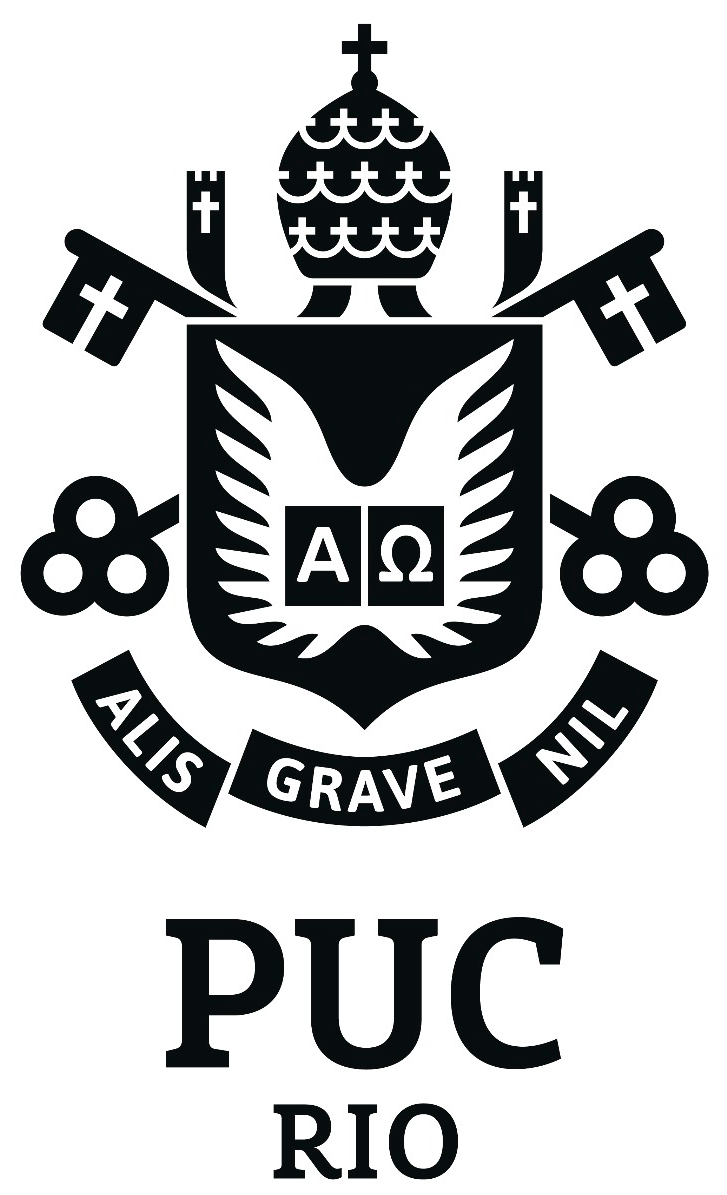An Analysis of Car Loan Market: Judicial Efficiency, Real Business Cycles and Asymmetric Information
Orientador(a): Juliano Assunção
Co-orientador(a): João Manoel Pinho de Mello
Banca: Ana Carla Abrão Costa, Gabriel de Abreu Madeira, Leonardo Rezende, Vinicius Nascimento Carrasco.This PhD dissertation is comprised of four articles about credit market. All articles can be read separately and use micro-data from a largest private bank in Brazil. In the first article, we exploit a 2004 credit reform in Brazil that simplified the sale of repossessed cars used as collateral for auto loans. We show that the change has led to larger loans with lower spreads and longer maturities. The reform expanded credit to riskier, low-income borrowers for newer, more expensive cars. Although the credit reform improved riskier borrowers' access to credit, it also led to increased incidences of delinquency and default. Our results shed light on the consequences of a credit reform, highlighting the crucial role that collateral and repossession play in the liberalization and democratization of credit. The second article investigates the relation between real business cycles and the credit market. Business cycles affect credit conditions through the channel of delinquency rate. A better economic outlook is associated with a lower probability of default, which deems the loan less risky. Anticipating this movement, the bank calibrates its credit-grating policy in according to the economic perspective. Our set of results indicates that business cycles have a significant effect on contract terms and the pool of borrowers, as well as on the borrower's performance. Our results propose a broader link between economic growth and the car loan modality shedding light on the importance of the economic environment for the credit market. In the third article, we use a quasi-experimental source of variation in the interest rate offered by the bank and we find that an increase in 0.1% in the monthly interest rate charged leads on average to a probability of default 2.3% higher. In a second stage, we disentangle the forces beyond this effect into moral hazard and adverse selection. We conclude that this effect comes mostly due to moral hazard. Finally, in the fourth, we conduct a within-country analysis. After Brazilian government implemented a law that improved the institutional environment for vehicle credit market, the country witnessed a sudden increase in total credit supplied. We investigate the consequences of this sudden growth in the credit market. In particular, if this movement increased the asymmetry of information among borrowers and lenders. Our results show that, as The Bank expanded credit, the asymmetric information issue worsened. Nevertheless, The Bank partially succeeded in recovery this hidden information using contract terms.

